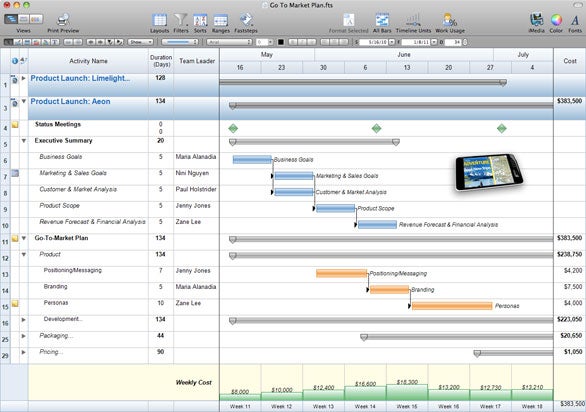

No problem! In Excel, you can use Flash Fill to quickly clean up columns of data, for example to change numbers to dates, or text to numbers. Work with your project data in ExcelĪfter you open your workbook in Excel, you might notice that some data didn’t come in quite as you expected. To view your exported project data, open the workbook in Excel. The new map will be added to the list of predefined maps. On the End of Map Definition step, choose Save Map if you want to use it again, and type a name in the Map name box. If needed, pick a specific export filter in the Export filter box. This course serves as a five day boot camp, fast tracking attendees who have little to no knowledge of SAS to the point where they. Under Preview, verify the layout of your export map. Use the Move buttons to rearrange fields. Use the buttons below the mapping table to insert or remove rows, or apply a Project table for mapping. Printing : Excel gives you a tabular view of your plan details that may be easier to consume for some as a printed document than a Planner plan board. In the From column, type or select a Project field, and then press Enter. By exporting each plan to Excel individually, and then manually merging those files into a single spreadsheet, you can surface new insights about related plans. On the Task Mapping, Resource Mapping, or Assignment Mapping steps, edit any mapping assumptions Project made, and enter any new mapping fields: On the Map Options step, pick the types of data you are exporting and the options you want. To use a predefined or previously defined map, choose Use existing map, and then pick the map you want to use. On the Map step, choose New map to create your own data settings for mapping your data from Project fields to appropriate Excel fields. On the Data step, choose Selected Data, if it’s not already selected. In the File name box, type the name you want, and choose Save. In the Save As dialog box, pick a location for the workbook. (In Project 2010, choose File > Save As, and next to Save as type, choose Excel Workbook.) You’ll have to map your project data for proper arrangement in Excel, but the Export Wizard will guide you along the way.Ĭhoose File > Export > Save Project as File, and under Other File Types, double-click Microsoft Excel Workbook. In Excel, you can create PivotTable reports, charts, and use many other features that help you create a more visual report. While Project desktop has many built-in reports that let you present all sortsof project data to your stakeholders, you can also export your project data to Excel for in-depth data analysis and visual reporting. You'll also see what date it was exported. Under that, you'll see a table of all the information for your project. When you open the Excel file containing your project, you'll see a tab called "Project tasks" that contains a summary of project-wide information at the top, including its name, project manager, and the start and finish dates, duration, and percent complete for the whole project. " at the bottom of the screen, you can look for your new Excel file where you store your downloads. When you see the message " All done! We've exported. In the top right corner, select the three dots (. Go to and open the project you want to export to Excel. Send a file containing project details to external stakeholdersĪrchive copies of your project data for audit and compliance Having your project data in an Excel file allows you to:

Experience with CRM software, including quotingīUCHI offers an attractive benefit to our employees: Healthcare Plan (full medical), Dental, and Vision, Health Care Flexible Spending Account (FSA) Plan, Health Savings Account (HSA) Program, 401K program, plus additional discretionary year-end bonus for 401K, Life, Personal Accident and Disability Coverage, Educational Assistance Program, Student Loan Assistance Program, Parental leave program (for both parents), Reward and Recognition program, Additional bonus and other benefits based on the position.When managing a project in Project for the web, you can export your project to Excel.Highly functional in MS-Office programs (Excel, PowerPoint, and Word).Self-motivated and excels under pressure.Strong organizational and time management skills.Excellent verbal, written and phone communication skills with a strong interest in interacting directly with customers.6 months or more academic or industry lab experience in chemistry preferred.BS/BA degree in chemistry or related field.What skills do you need to bring to BUCHI Effectively utilize monthly sales reports.Develop and execute a territory management plan.Participate in targeted marketing campaigns.Effectively work with channel partners to increase brand awareness and drive revenue growth.Develop sales leads and opportunities by researching and identifying potential accounts, prospecting new accounts, building rapport, providing technical information and preparing quotations.Effectively qualify targeted leads to identify need, budget, timeframe and key decision makers to start the sales process and document activities appropriately in the CRM.What makes your everyday life at BUCHI exciting


 0 kommentar(er)
0 kommentar(er)
